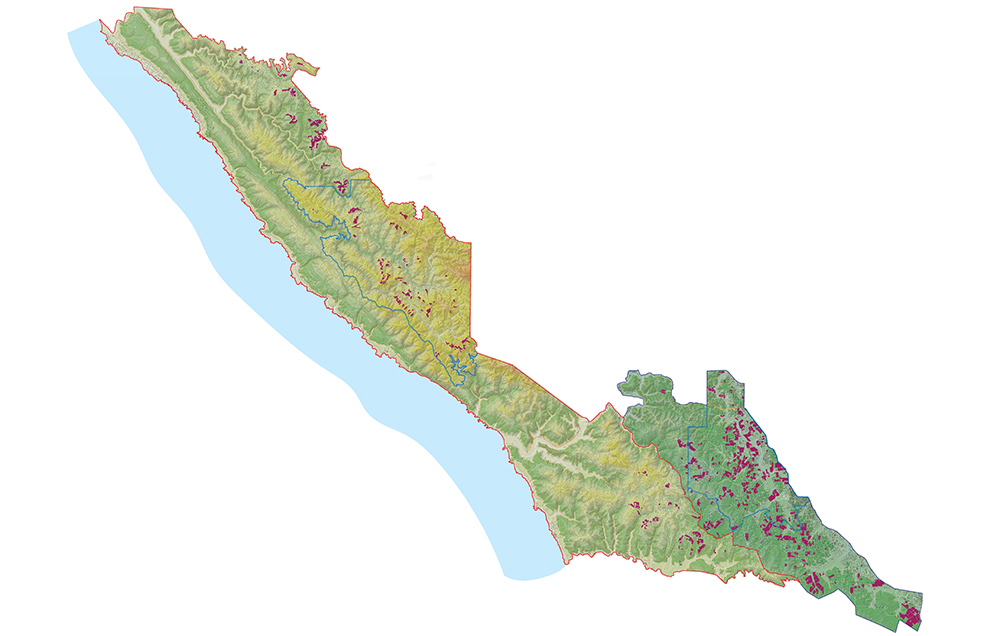
The West Sonoma Coast Vintners announced the TTB’s approval of the newly established West Sonoma Coast American Viticultural Area. The West Sonoma Coast AVA is located within the westernmost portion of Sonoma County, holding approximately 50 vineyards planted with varieties ranging from Pinot Noir and Chardonnay to Syrah. The approval of the AVA recognizes the region’s unique maritime growing conditions that are clearly expressed in the wines and give proper distinction to the growers who farm the cold, marginal, viticultural region.
West Sonoma Coast is the 19th AVA in Sonoma County. The AVA is located on the furthest western sliver of Sonoma County encompassing the steep, rugged mountainous terrain along the Pacific Ocean coastline. The AVA comprises three sub regions from north to south: Annapolis, the Fort Ross-Seaview AVA and Freestone-Occidental. The Pacific Ocean forms the western boundary of the AVA, and the shared Sonoma-Mendocino County line forms the northern boundary. The eastern boundary follows a series of elevation contours within 5 to 7 miles of the Pacific Ocean while the southern boundary is marked by the northern boundary of the Petaluma Gap AVA.
The growers in West Sonoma Coast are pushing the boundaries of what is possible in this marginal climate. Erin Brooks of Ernest Winery summarizes the significance of the new appellation noting, “A great deal of effort from our winegrowing community has been devoted to getting this AVA approved. We are excited for West Sonoma Coast to be recognized as the true coastal region within the greater Sonoma Coast appellation, a distinction that will inform the wine consumer on a unique style that is dictated by coastal proximity.”
Elevation of the West Sonoma Coast AVA ranges from 400 to 1,800 feet with vineyards planted on steep ridgetops along the San Andreas fault line up against the consistently cold Pacific Ocean, both above and below the fog line. A modest diurnal temperature swing allows the fruit to ripen slowly throughout the day and the night, a phenomenon experienced only in a truly cold-climate, maritime environment. This slow, steady ripening promotes the development of fruit that reaches true physiological maturity at lower sugar levels with pronounced acidity. The newfound status of the region as an AVA provides clarity for the consumer who can expect a wine labeled “West Sonoma Coast” to have these defining qualities that differentiate its wines from those grown on warmer sites farther inland in the Sonoma Coast AVA.
In addition to wine grapes, the area produces commercial apples and supports a lively dairy and ranching industry, as well as many nature parks, conservancy efforts, and environmental projects.
